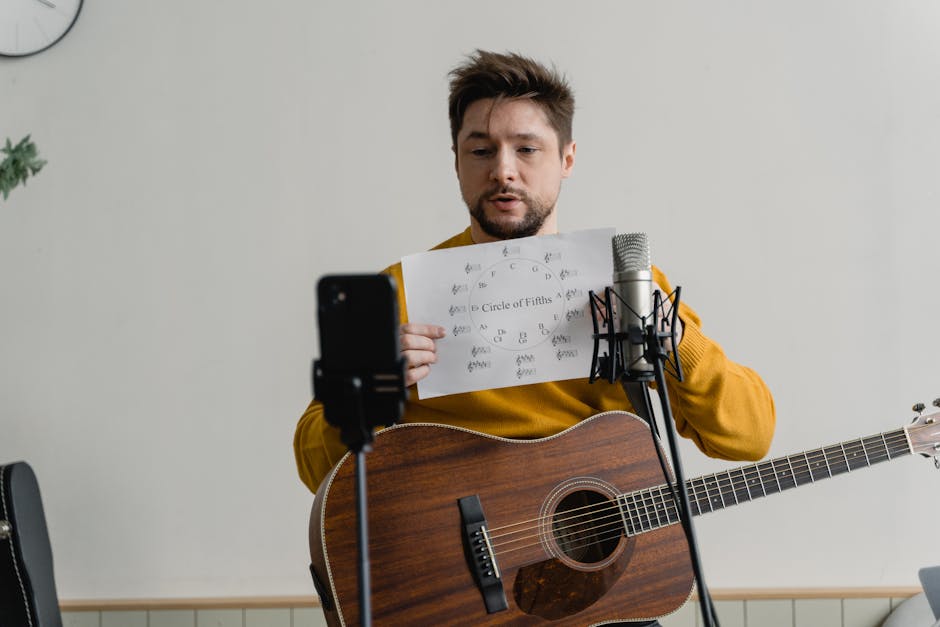If you’re seeking an upbeat song that’s easy yet fun to play on the guitar, Bob Marley’s ‘Three Little Birds’ is an exceptional choice. This classic reggae tune is an excellent pick for beginner guitarists, as it features a simple chord progression and a catchy, rhythmic strumming pattern. In this article, we’ll delve into the background and structure of ‘Three Little Birds’, detail the preparation needed before you start playing, and guide you through mastering the chords and executing the song – verse and chorus alike. Plus, discover how to enhance your play style, adding your own personal touch to this timeless tune.
Understanding the Background and Structure of ‘Three Little Birds’
First released by the legendary Bob Marley and The Wailers in 1977, ‘Three Little Birds’ quickly became a hit, seeping into hearts and karaoke bars worldwide. Infused with a sense of positivity and reassurance, the song is a cornerstone of reggae music, embodying the genre’s characteristic rhythmic structure and overcoming spirit.
The song’s structure is fairly straightforward, making it perfect for beginners. It’s based on a three-chord progression: A, D, and E, which offer an upbeat sound that reverberates throughout the song. This simplicity does not however detract from its musicality. Instead, it adds to the broad appeal of ‘Three Little Birds’, making it a joy to play and sing along with.
Insight: Knowing the song’s background and structure provides a richer playing experience, helping you understand its impact and significance in music history.
Preparation Before Playing
Prior to strumming out the first notes, ensure your guitar is accurately tuned. The standard tuning (E-A-D-G-B-E) is suitable for this song. It’s crucial to tune before playing to ensure the chords resonate correctly. Additionally, familiarize yourself with the tempo and rhythm of the song. This will facilitate your strumming pattern and guitar playing later on.
- Pro tip: Use a digital tuner for the most accurate tuning.
- Checklist: To best prepare yourself for learning ‘Three Little Birds’, ensure you have these key items: Guitar, Pick, Tuner, Metronome, and a comfortable position for playing.
